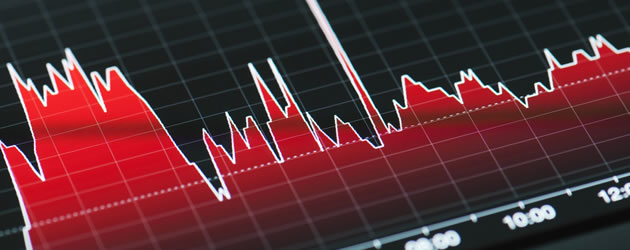The Pound Sterling to Australian Dollar (GBP/AUD) exchange rate saw mixed movement on Friday as the UK currency continued to be softened by concerns over Chancellor George Osbornes autumn statement and the decision by the Bank of England to leave interest rates unchanged at 0.5%. The ‘Aussie’ meanwhile remained under pressure from increased demand for the US Dollar and concerns over the strength of the Australian economy.
The Pound to Australian Dollar (GBP/AUD) exchange rate softened after the Bank of England left interest rates unchanged at 0.5% and as economists criticised Chancellor George Osborne’s autumn statement.
The Institute for Fiscal Studies (IFS) warned of colossal cuts to come and that government spending would fall to levels not seen the 1930’s. Market attention is now turning towards Australian Construction data.
The Pound Sterling to Australian Dollar (GBP/AUD) exchange rate continued to rise earlier on Thursday as a brief rally from the ‘Aussie’ in the Asian session was wiped out as the markets look ahead to Bank of England and European Central Bank policy meetings.
Better than forecast Australian retail sales and trade balance data offered support to the ‘Aussie’ in Asian trading but those gains were short-lived as demand for the US Dollar continued to be high and as economist concerns over tumbling iron ore prices and a slowing Chinese economy dominated sentiment.
The data released by the Australian Bureau of Statistics showed that retail sales rose by 0.4% in October, a figure that was better than the 0.1% rise forecast by economists. Sales in September were also revised higher from 1.2% to 1.3%.
A separate report showed that the nation’s trade deficit narrowed more than expected in October. The trade gap narrowed to A$1.132 billion from the preceding months figure of A$2.23 billion.
Economists had been forecasting for the trade gap to narrow to A$1.81 billion.
The Pound to Australian Dollar Exchange Rate Hit a Session Low of 1.862
Despite the positive data, the ‘Aussie’ continued to weaken against the Pound and other major peers in the European session.
‘There is so much negative bias surrounding the Aussie Dollar at the moment. With iron ore prices hovering around five year lows, a potential slowdown in China and a resurgent US economy it is difficult for the Australian Dollar to keep its head above water,’ said analysts from Fibogroup forex brokers.
The Pound meanwhile was continuing to receive support from better than expected service sector activity data released on Wednesday. The Markit/CIPS services purchasing managers’ index rose to 58.6 last month from 56.2 in October. Economists had expected the index to tick up to 56.6.
Also offering support to the UK currency was a report released by Halifax which showed that house prices firmed by 0.4% in November, a figure which cancelled out the previous months figure of -0.4% and beat forecasts for a rise to 0.3%.
The Pound to Australian Dollar Exchange Rate Hit a Session High of 1.875
Market attention is now fixed on the upcoming interest rate decision by the Bank of England. Policy makers are likely to leave rates unchanged at 0.5% and leave its monthly quantitative easing programme at £375 billion per month.
The Australian Dollar could weaken further later in the session if the latest Jobless Claims figures out of the USA offer more support to the US Dollar.

